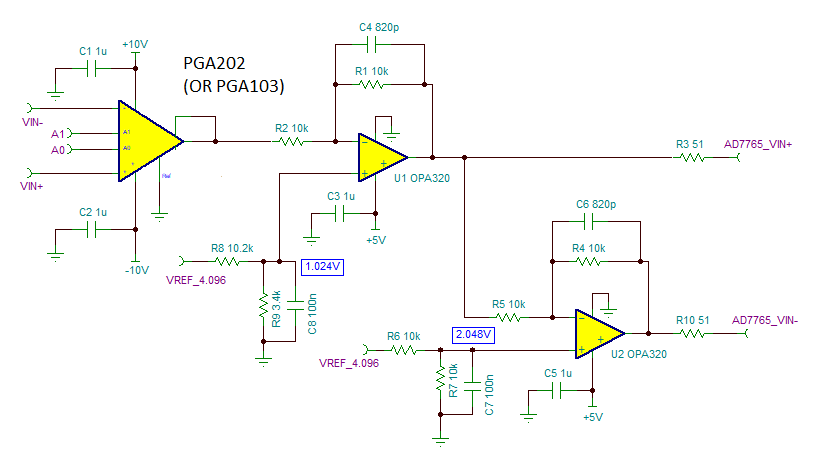Other Parts Discussed in Thread: PGA281, PGA103, PGA202, OPA2320
Hi team,
Our customer uses PGA280 + AD7765 for signal acquisition
Short the input of AD7765, the noise level is low. However, when PGA280 + AD7765 are tested together, the input is shorted, and the gain is 1. After the acquisition of AD7765, the noise level is very high, and the it is about 0.5mv. Check the ripple performance of the power supply, and it's OK. What is the possible reason? Is there any way to eliminate this noise floor?




